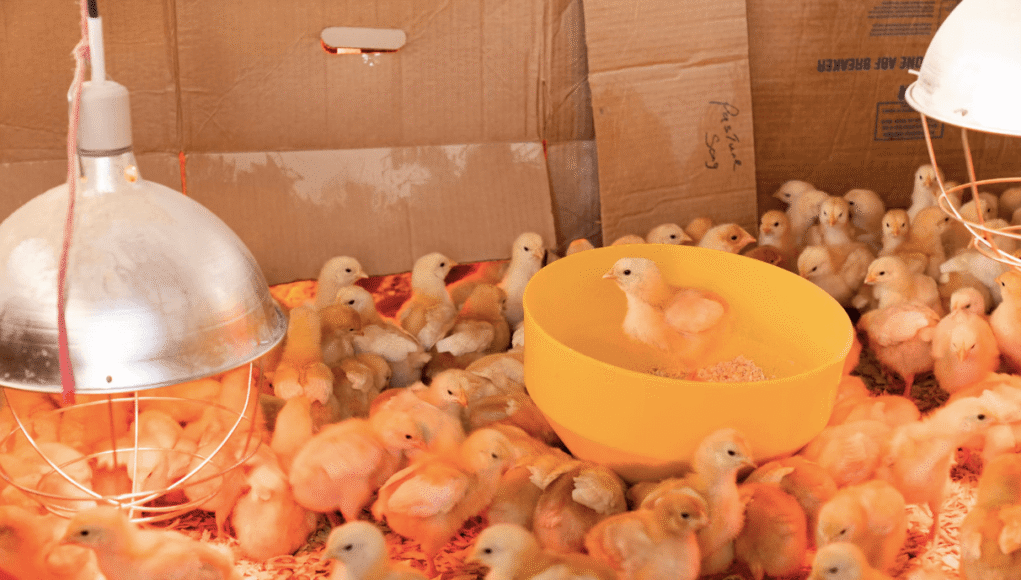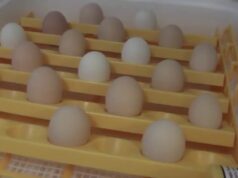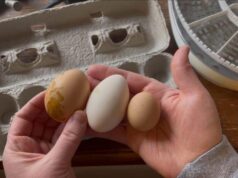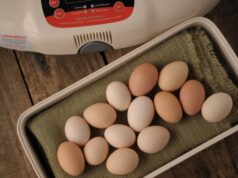For those embracing the joy of raising chickens, crafting the perfect environment for your young chicks is essential. A wood chick brooder box is not just a simple structure; its an ecosystem that offers warmth, security, and comfort, ensuring your fluffy companions thrive.

Why Choose a Wood Brooder Box?
Choosing the right material for a brooder is paramount. A wood chick brooder box offers numerous benefits over plastic or metal alternatives. Wood is a natural insulator, helping maintain a stable temperature. It’s versatile for design modifications and it looks appealing, fitting seamlessly into a homestead environment.
Key Benefits of Wood
- Natural Insulation: Helps maintain warmth.
- Durability: Long-lasting when treated properly.
- Customizable: Easy to modify according to your needs.
Setting Up Your Wood Chick Brooder Box
Setting up your brooder box correctly is crucial. Begin by choosing a location thats safe from drafts and predators. Line the bottom with absorbent materials like straw or pine shavings to keep the chicks dry and comfortable.
Essential Features of a Brooder
Your wood chick brooder box should include a heat source to mimic the warmth of a mother hen, adequate ventilation to ensure airflow, and secure boundaries to prevent escape.
Heating Options
- Heat lamps: Popular for their ease of use.
- Brooder plates: Offers more consistent heat.
Ventilation
Maintain proper ventilation without exposing chicks to drafts. Drill small holes in the sides of the brooder to allow airflow.
Building Your Own Wood Chick Brooder Box
Building a wood chick brooder box can be a rewarding DIY project. Start with high-quality, untreated wood to ensure safety. Create a sturdy frame and add removable sections for easy cleaning.
Construction Tips
- Materials and Size: Determine based on the number of chicks.
- Safety: Ensure there are no sharp edges.
For those looking for a comprehensive guide on how to build a chick brooder, check out this external resource.
Maintaining a Clean Brooder
Cleanliness in a wood chick brooder box is key to preventing diseases. Clean the brooder at least once a week, removing litter and disinfecting surfaces.
Cleaning Routine
- Daily Checks: Remove wet spots and replace with fresh bedding.
- Weekly Deep Clean: Remove all bedding, sanitize surfaces, and replace with new bedding.
Common Challenges and Solutions
Despite the benefits, using a wood chick brooder box may present challenges like maintaining temperature and avoiding moisture build-up. Here are a few solutions:
- Monitor temperature with a reliable thermometer.
- Consider a dehumidifier if condensation is an issue.
FAQ Section
How often should I check the brooder?
Check your brooder multiple times a day to ensure the temperature is stable and food and water are available.
Can I use plywood for a brooder?
Plywood can be used, but ensure its untreated and has no sharp edges.
What size should my brooder be?
The brooder size depends on the number of chicks. Allow at least 0.5 square feet per chick.

Conclusion
A wood chick brooder box is an excellent choice for providing a nurturing environment for your chicks. With its natural insulation and flexibility, it ensures your chicks grow healthy and strong. By understanding the setup, maintenance, and potential challenges, you’ll create a space that’s as pleasant for you as it is for them.
This article contains affiliate links. We may earn a commission at no extra cost to you.











